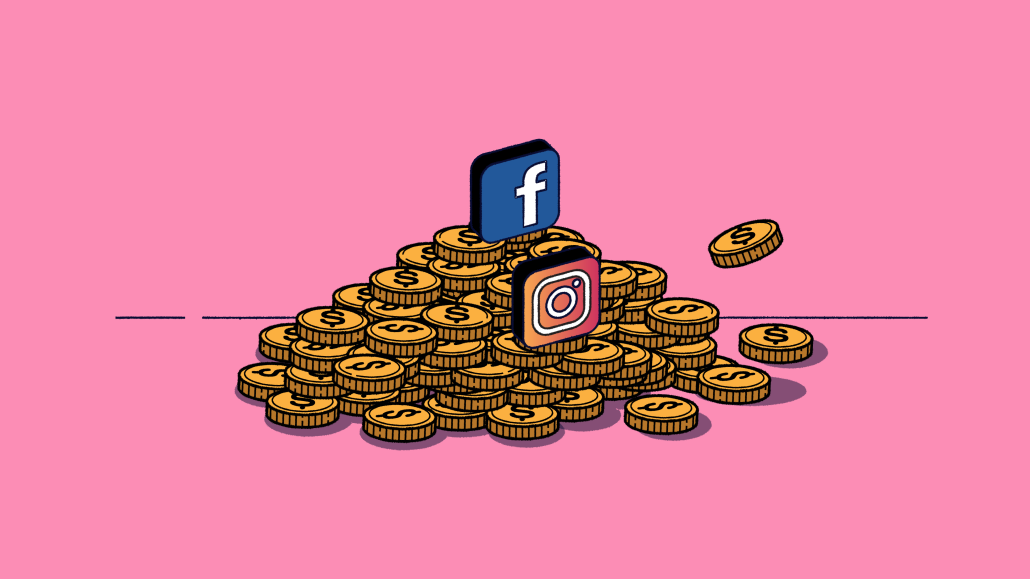Cheat Sheet: Instagram looks to attract creators with more shopping tools and testing native affiliates

Instagram is working to make its platform more attractive to creators with merchandise, as well as those who want to explore affiliate commerce.
On Tuesday, June 8, during its first Creator Week, Instagram rolled out two new shopping features for creators. The platform will start testing a native affiliate tool in the coming months that will allow creators in the U.S. to earn commissions on certain purchases. Another new shopping product, available globally today, will allow creators to link their merchandise website to both their business and, now, creator profiles.
As more brands make influencer marketing a part of their strategy, the content-creation and social commerce tools platforms make available to creators have become more important: more influencer testing leads to better tools, which draws more influencers, which, in turn, draws brands and retailers.
Key Details:
- Instagram’s native affiliate tool is still in the testing phase and only in the U.S. Partner brands include Benefit, Kopari, MAC, Pat McGrath Labs and Sephora. The test will involve a “small number of creators,” Facebook said; the platform did not provide a specific number or a timeline on when this will roll out to more brands and influencers. The platform did waive all fees yesterday for creators until 2023.
- Starting today, creators who have a merchandise line will now be able to link their products to not just their business account, but their personal creative account as well.
Monkey See, Monkey Do
The pandemic was a catalyst for the influencer space. With folks stuck at home and on their phones, brands turned to influencers to reach their customers on social media.
Ad position: web_incontent_pos1
Instagram is feeling the pressure to do more for creators, especially when rival platforms such as Snapchat, TikTok, YouTube, and Pinterest, have already been hosting influencer summits, accelerator programs, and started creator funds.
Instagram’s waiving of selling fees and look into the affiliate space, may help move the needle when it comes to social commerce.
“Every [social] app will have a creator commerce component. It’s here to stay,” said Chris Lamontagne, CEO of Spring, a creator merchandise platform.
More platforms, more revenue
Either way, the new Instagram features will be additional tools for creators to monetize their relationships with their fans.
Ad position: web_incontent_pos2
While most creators get their start on one platform, they often expand their presence onto other platforms as a way to grow their following and become more attractive to brands looking for additional reach. Only 9% of U.S. influencers said that affiliate links and promo codes were their main source of revenue, according to an April 2021 survey by eMarketer. Nearly 70% of influencers said that brand collaborations were their main source of income.
More in Marketing

In the marketing world, anime is following in the footsteps of gaming
As marketers look to take advantage of anime’s entry into the zeitgeist, they might be wise to observe the parallels between the evolution of anime as a marketing channel and the ways brands have learned to better leverage gaming in recent years.

With the introduction of video ads and e-commerce, Roblox looks to attain platform status
Roblox is expanding into more areas than just ads in 2024. Much like platforms such as Amazon and Facebook have transcended their origins to evolve from their origins as online marketplaces and social media channels, Roblox is in the midst of a transformation into a platform for all elements of users’ virtual lives.

PepsiCo wants to remain a ‘driver of culture’ as it turns to influencers and activations amid rebrand
The soda-maker says it can translate cultural relevance into sales volume.
Ad position: web_bfu



